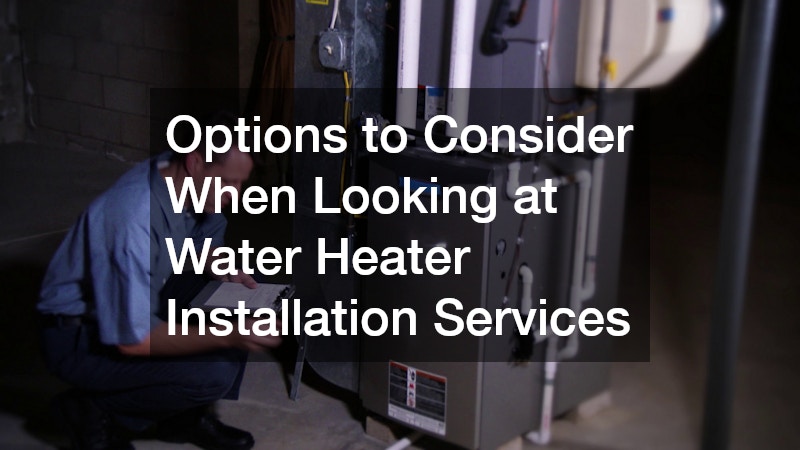Overhead doors are versatile installations that find extensive application in residential, commercial, and industrial settings. They play a pivotal role in providing security, ease of access, and even energy efficiency when selected and maintained correctly. Overhead doors come in several varieties, each suited to specific use cases, making it important to understand their capabilities and advantages.
What are the Different Types of Overhead Doors?
Sectional overhead doors are composed of panel sections connected with hinges, allowing them to open vertically without requiring additional space in front of the door. These doors are particularly suitable for garages and industrial applications where they can provide insulation and security. The design flexibility of sectional doors accommodates numerous configurations, materials, and finishes, catering to both functional and aesthetic requirements.
A significant advantage of sectional overhead doors is their ability to fit a wide range of openings, making them a versatile choice for various architectural designs. With their robust construction, they are able to withstand harsh weather conditions while offering enhanced security features. Their ease of use and low maintenance further contribute to their popularity across multiple sectors.
Innovations in sectional door technology have led to improved insulation capabilities, significantly impacting energy efficiency for buildings. Modern materials and sealing techniques ensure minimal air leakage, making these doors an excellent choice for temperature-sensitive environments. Due to their reliable operational mechanism, sectional doors are a favored option for both new installations and replacements.
Roll-up overhead doors consist of a series of horizontal slats that coil around a drum when opened, making them ideal for spaces with limited clearance. They are commonly used in commercial and industrial settings due to their durability and space-saving design. Roll-up doors offer excellent security and are resistant to damage from impact or forced entry.
The compact structure of roll-up doors makes them perfect for applications where aesthetic appeal and functionality converge, such as in storefronts and service stations. These doors can also be customized with features like windows and ventilation slats to meet specific operational needs. Given their robust build and minimal maintenance, they are a cost-effective solution for high-traffic areas.
How to Choose the Right Overhead Door for Your Needs?
The choice of material in overhead doors is critical to their performance, especially in demanding environments. Steel and aluminum are popular choices due to their strength and resistance to corrosion. Composite materials and insulated panels are also available, offering options that balance durability with thermal efficiency.
Material selection should align with specific operational needs, such as frequent exposure to extreme weather or high-security requirements. The longevity of an overhead door is largely influenced by the quality of its construction material, making durability a key consideration. Ensure the selected material can withstand the operational demands of your setting without compromising functionality.
Investing in a durable overhead door offers long-term savings by reducing the frequency of repairs and replacements. By assessing the environment where the door will be installed, you can choose materials that provide optimum performance and cost-effectiveness. Additionally, upgrading to more advanced materials might offer the benefit of lower insurance premiums due to improved security and safety ratings.
What are the Maintenance Requirements for Overhead Doors?
Routine inspections and cleaning are crucial to the longevity and efficient operation of overhead doors. Regular checks can identify potential issues such as warped panels, faulty hardware, or door misalignment. Keeping overhead doors clean ensures their parts remain in good working condition, preventing the accumulation of debris that might impede movement.
Implementing a regular maintenance schedule can prevent costly repairs and extend the life of the overhead door. Inspections should focus on both the mechanical components and the door’s operational functionality. An organized maintenance routine promotes safety by ensuring that all mechanisms operate correctly, minimizing the risk of malfunction.
Ensuring cleanliness and operational integrity is particularly important for doors exposed to harsh environments or frequent usage. By prioritizing maintenance, businesses can safeguard their investment and maintain continued access and security. Establishing a checklist that caters to the specific type of overhead door can streamline the inspection and cleaning processes.
Choosing the right overhead door is a decision that impacts security, energy efficiency, and operational functionality. By understanding the different types of overhead doors and carefully considering factors such as material, insulation, and accessibility, you can make an informed choice that meets your needs. Regular maintenance and inspections will ensure that the overhead doors continue to function optimally, providing reliable service and safety for years to come.




